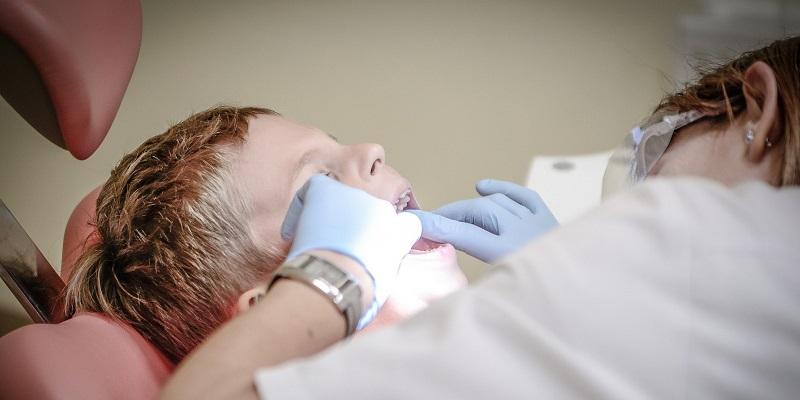
A dentist's drill might not be the best way to tackle tooth decay in children's teeth, a new study has concluded.
A three-year study compared three different treatment options for tooth decay in children's primary or first teeth. It found no evidence to suggest that conventional fillings were more effective in stopping pain or further decay than other treatment options.
Those options included sealing the decay into the infected tooth or using prevention techniques such as reducing sugar intake.
The study was conducted by researchers at the Universities of Leeds, Dundee and Newcastle.
"There is a range of treatments that are available to a dentist and which can be tailored to an individual child."
The FiCTION (Filling Children's Teeth: Indicated or Not) trial involved 1,140 UK children between the ages of three and seven with visible tooth decay. One of three treatment approaches was chosen randomly for each child's dental care for the duration of the trial, which was up to three years.
The first avoided placing any fillings and aimed to prevent new decay by reducing sugar intake, ensuring twice-daily brushing with fluoridated toothpaste, application of fluoride varnish and fissure sealants on the first permanent molar (back) teeth.
The second option involved drilling out the tooth decay, which was based upon what has been considered the standard "drill and fill" practice for more than 50 years, together with preventive treatments.
The third treatment strategy was a minimally invasive approach where tooth decay was sealed-in under a metal crown or a filling to stop it progressing together with preventive treatments.
Just under half the children, 450, experienced pain and further tooth decay, regardless of the dental treatment they received.
Professor Gail Douglas, Chair of Dental Public Health at the University of Leeds and one of the chief investigators, said: "All of the children in our study were chosen to take part because they already had tooth decay and unfortunately even with lots of care and attention from the dentist once children have decay, there's quite a chance that it will cause further problems.
"But the study shows that once decay has started, there is a range of treatments that are available to a dentist and which can be tailored to an individual child - for example, some children might be afraid of drilling."
The main trial findings are published today in the Journal of Dental Research.
Professor Nicola Innes, Chair of Paediatric Dentistry at the University of Dundee and lead author on the paper, said, "Our study shows that each way of treating decay worked to a similar level but that children who get tooth decay at a young age have a high chance of experiencing toothache and abscesses regardless of the way the dentist manages the decay.
"What is absolutely clear from our trial is that the best way to manage tooth decay is not by drilling it out or sealing it in - it's by preventing it in the first place."
Need to prevent tooth decay
Sealing-in with preventive treatment was most likely to be considered the best way of managing children's decay if society are willing to pay a minimum of £130 to avoid an episode of pain or infection.
Professor Anne Maguire, Chair of Preventive Dentistry at Newcastle University and one of the co-chief investigators said; "The FiCTION findings have focused attention again on the need to prevent dental decay before it begins."
The FICTION study was funded by the Health Technology Assessment (HTA) programme of theNational Institute for Health Research (NIHR).






